How We Think About Education
The most fundamental idea in public education–the infinite interdependence of living that scrutiny of schools misses entirely.

The most fundamental idea in public education–the infinite interdependence of living that scrutiny of schools misses entirely.
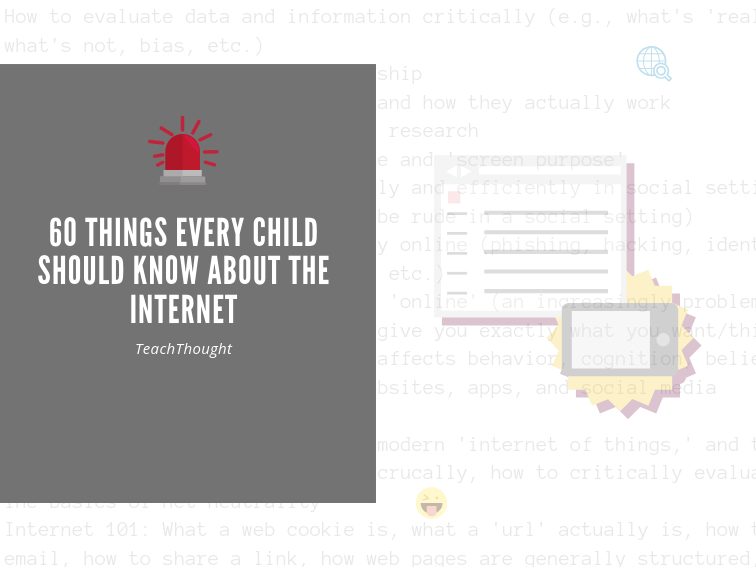
61. How digital propaganda works compared to other ‘classic’ propaganda forms and how to adjust your online behavior and habits in response
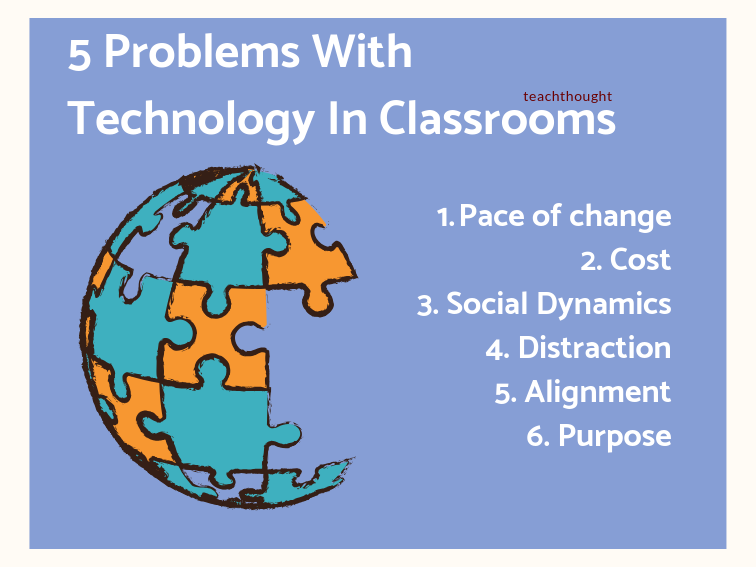
Problems with technology in classrooms include pace of change, altered classroom social dynamics, and added complexity and cost.
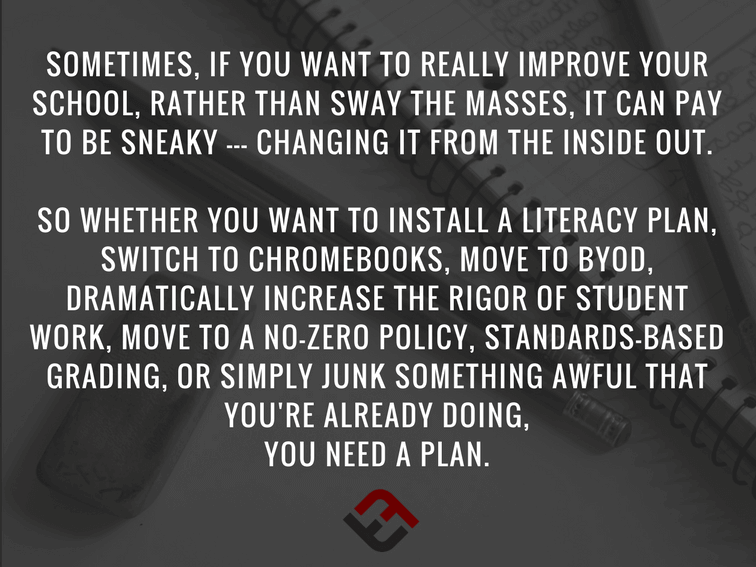
So many trends in learning are repackaged approaches teachers have seen before, and when that trend appears different, its results are not.
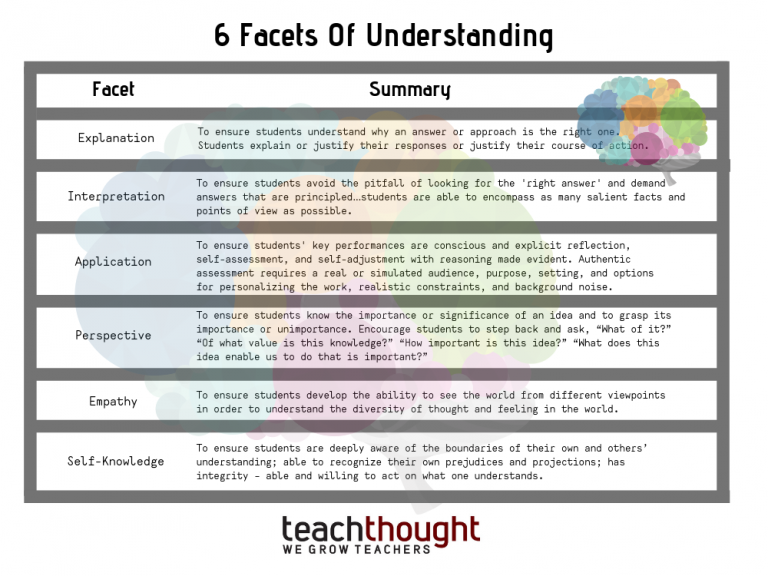
The 6 Facets of Understanding is a non-hierarchical framework for understanding. These ‘facets’ are useful as indicators of understanding.
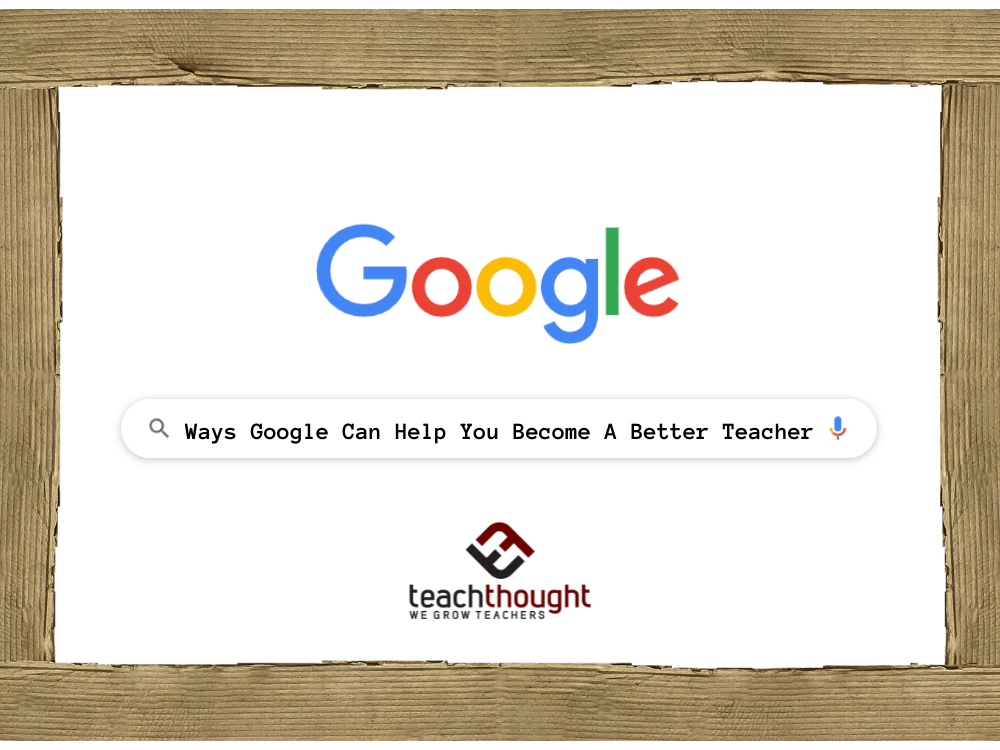
Use Google maps to tell digital stories with text, photo and video all embedded into a trail students create on the map to share with others.
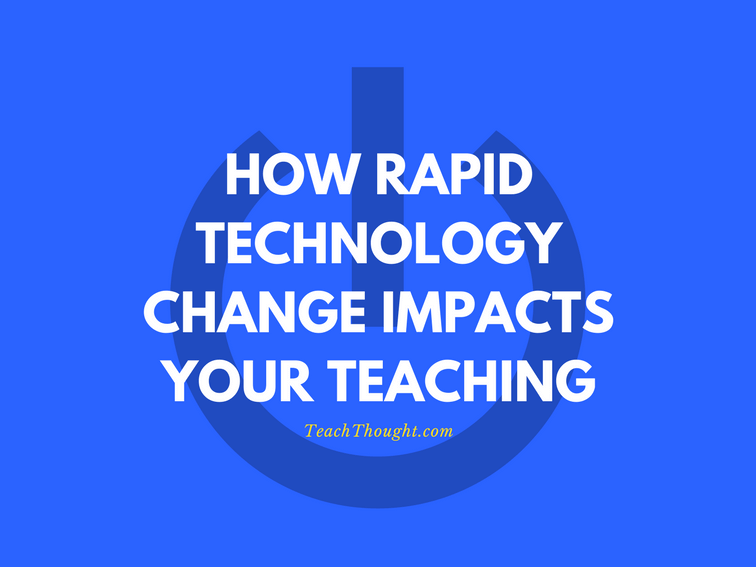
Change is a key characteristic of the 21st century–a cause & effect. And change in education technology specifically can impact your teaching.
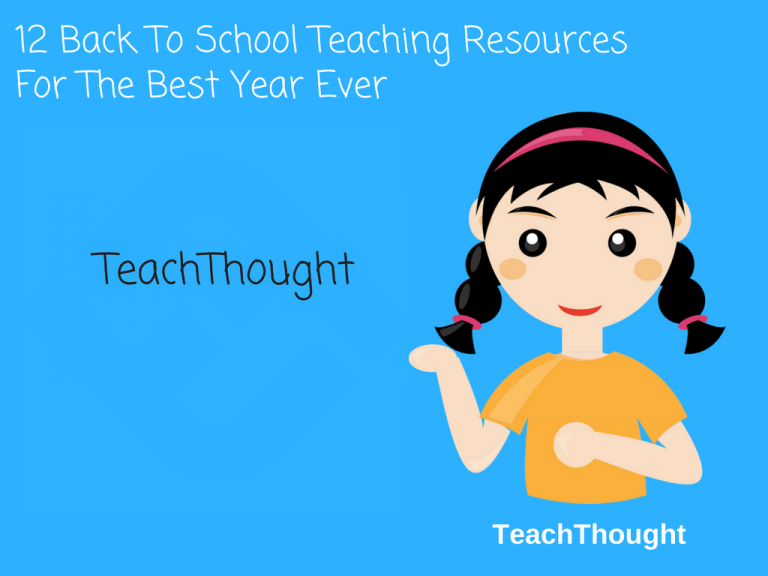
The start of the year is often reduced to organizing, setting rules, & learning names. What should we consider when headed back to school?

Besides teaching, there aren’t many jobs where it’s your job to work with so many children to make their life better on a daily basis.
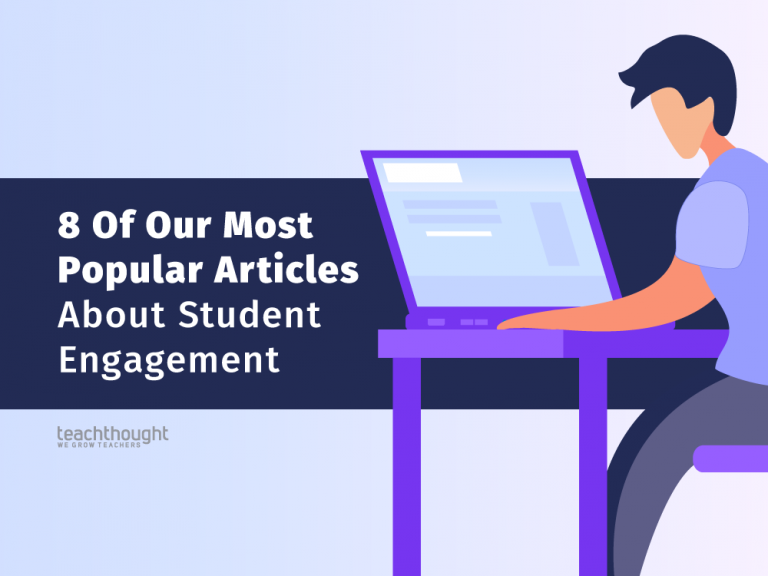
From levels of student engagement to additive grading to remote teaching, here are 10 of our most popular articles about student engagement.
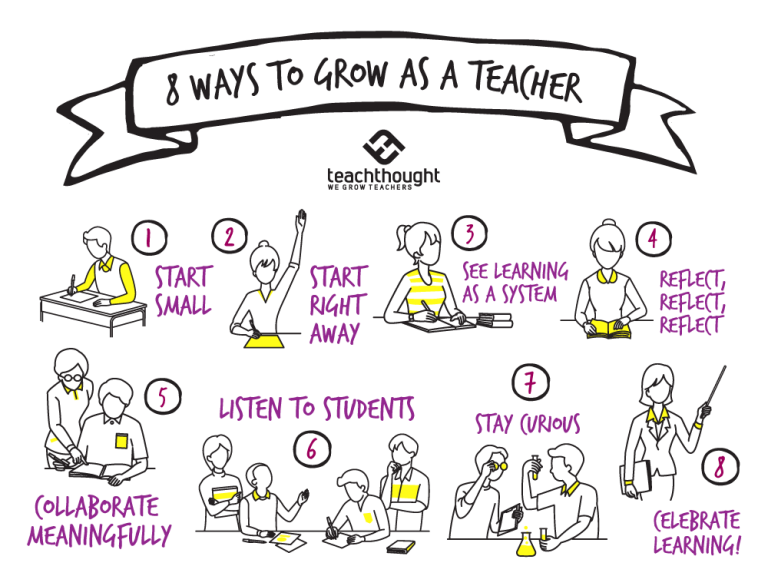
One change to your teaching will lead to another. Stay curious; respond to new thinking with a critical eye and a heart full of possibility.

With the indispensable tool, Pinterest, teachers can save everything from photos to blog posts in one easily accessible and usable place.
End of content
End of content